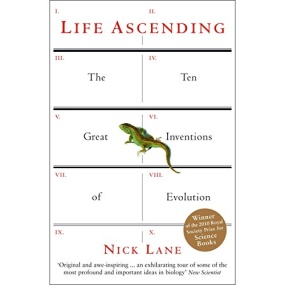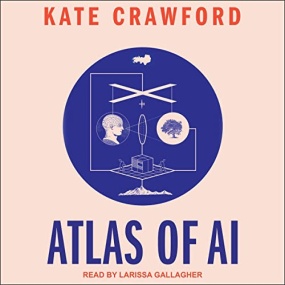
既然没有外星人到地球来,我们要怎么知道它们长什么样子呢?
剑桥大学动物学家阿里克·克申鲍姆博士利用他对地球上的生命和(适用于全宇宙的)达尔文进化论的专业知识,为我们解释了外星生命可能的样子:这些生物会如何移动、社交和沟通。举例来说,通过观察用电流脉冲来表明社会地位的鱼,我们可以看到其他星球上可能会出现通过电进行的交流沟通。由于要在海床上移动的进化压力,地球上的动物一般都具有左右对称的特性;而在其他星球上,那些在半空中或是焦油状质地的环境里进化的生物可能就没有任何对称特质。
From a noted Cambridge zoologist, a wildly fun and scientifically sound exploration of what alien life must be like, using universal laws that govern life on Earth and in space.
Scientists are confident that life exists elsewhere in the universe. Yet rather than taking a realistic approach to what aliens might be like, we imagine that life on other planets is the stuff of science fiction. The time has come to abandon our fantasies of space invaders and movie monsters and place our expectations on solid scientific footing.
But short of aliens landing in New York City, how do we know what they are like? Using his own expert understanding of life on Earth and Darwin’s theory of evolution – which applies throughout the universe – Cambridge zoologist Dr. Arik Kershenbaum explains what alien life must be like: how these creatures will move, socialize, and communicate. For example, by observing fish whose electrical pulses indicate social status, we can see that other planets might allow for communication by electricity. As there was evolutionary pressure to wriggle along a sea floor, Earthling animals tend to have left/right symmetry; on planets where creatures evolved in midair or in soupy tar, they might be lacking any symmetry at all.
Might there be an alien planet with supersonic animals? A moon where creatures have a language composed of smells? Will aliens scream with fear, act honestly, or have technology? The Zoologist’s Guide to the Galaxy answers these questions using the latest science to tell the story of how life really works, on Earth and in space.

下载信息已被隐藏,请在下方输入 验证码 查看隐藏内容
关注微信公众号,回复“验证码”,获取验证码。 在微信里搜索“力哥爱阅读”或扫码关注。
⚠️ 取关用户无法收到验证码或任何消息,无需再次关注 ⚠️






